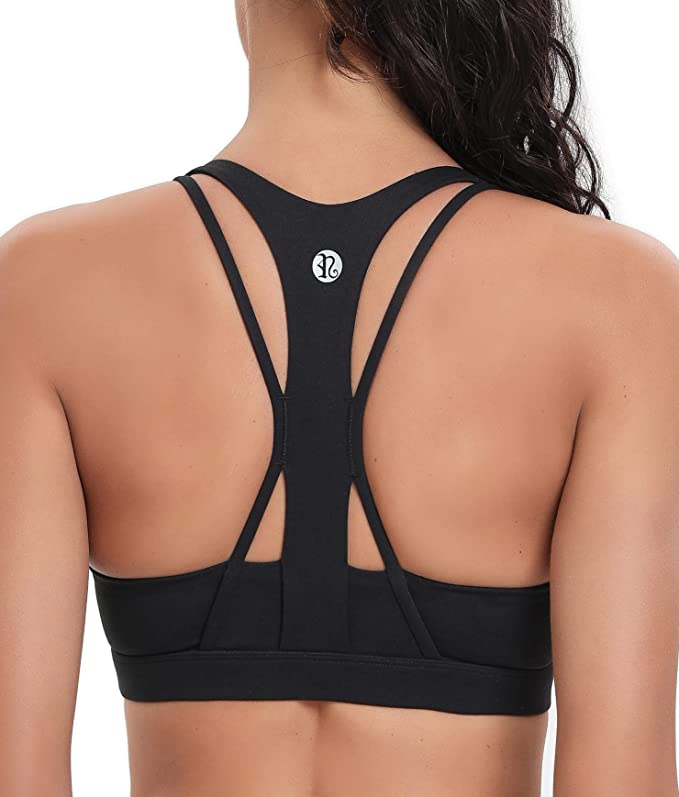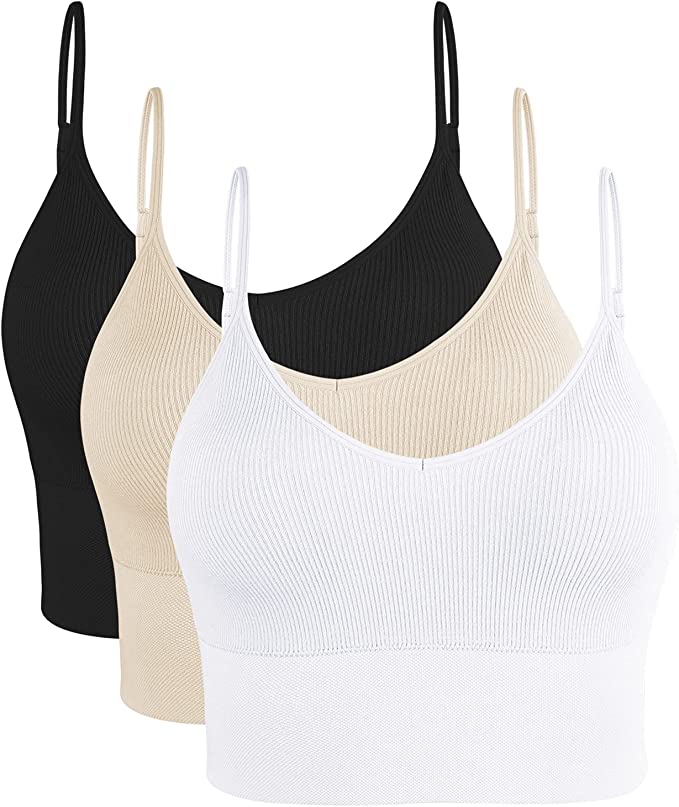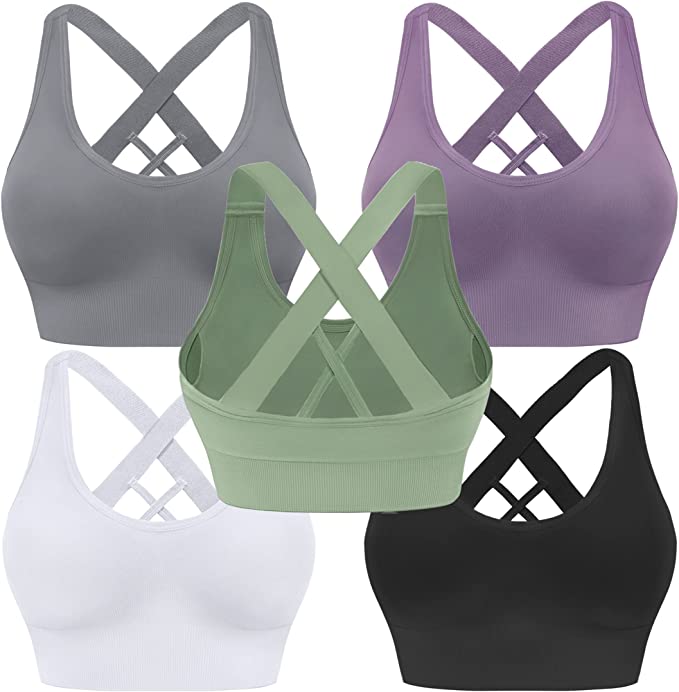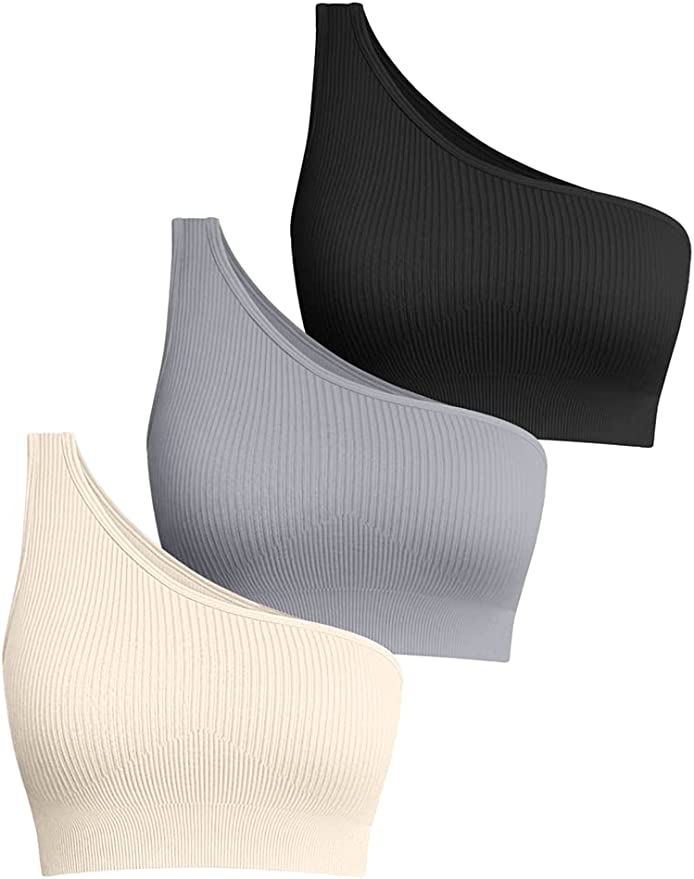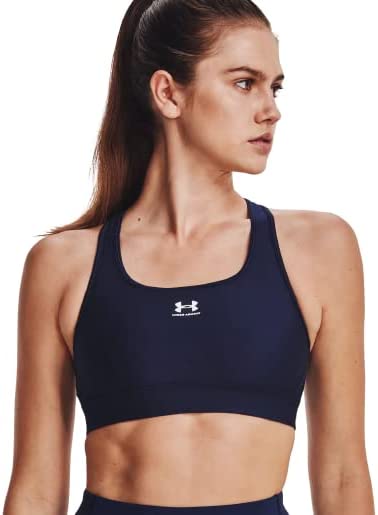Speediance Rower A1: Unlock Full-Body Fitness with the Science of Rowing
Update on Feb. 19, 2025, 4:49 p.m.
Rowing, an activity with roots stretching back to ancient civilizations, has long been recognized for its demanding physicality and unparalleled ability to engage the entire body. From the sleek racing shells gliding across the water to the sophisticated rowing machines found in gyms and homes worldwide, the core principles of this exercise remain remarkably consistent – and remarkably effective. This article delves into the science behind rowing, exploring the biomechanics of the stroke, the physiological benefits, and the keys to proper technique.

The Enduring Appeal of Rowing: From Ancient Oars to Modern Machines
The earliest depictions of rowing date back to ancient Egypt, where boats propelled by oars were essential for transportation, trade, and warfare. Rowing as a competitive sport emerged later, with organized races taking place in ancient Greece and Rome. The tradition continued through the centuries, with the first modern rowing clubs appearing in the 18th century and the sport gaining inclusion in the first modern Olympic Games in 1896.
Today, rowing remains a popular competitive sport, but it has also gained widespread recognition as a highly effective form of exercise. The advent of rowing machines, or ergometers, has made this full-body workout accessible to people of all fitness levels, regardless of their proximity to a body of water.
Unlocking the Power of the Rowing Stroke: A Biomechanical Deep Dive
The rowing stroke, seemingly simple in its execution, is a complex and coordinated movement that engages nearly every major muscle group in the body. It’s a beautiful example of biomechanics in action, combining leverage, force production, and precise timing. Let’s break down the four key phases of the stroke:
-
The Catch: This is the starting position. The rower sits with knees bent, shins nearly vertical, and arms extended forward, gripping the handle. The core is engaged, and the back is straight, maintaining a neutral spine. This position is crucial for maximizing the length of the stroke and generating optimal power.
-
The Drive: This is the power phase of the stroke. It begins with a powerful leg drive, extending the knees and hips. As the legs extend, the core muscles stabilize the torso, transferring the force generated by the legs to the upper body. The back muscles then engage, pulling the handle towards the lower ribs. The arms remain relatively straight during the initial part of the drive, acting as a connection between the legs and the handle.
-
The Finish: As the legs reach full extension, the arms complete the pull, drawing the handle to the lower ribs. The biceps and shoulders are actively engaged in this phase. The core remains engaged, maintaining a strong, stable posture.
-
The Recovery: This is the return phase, a controlled reversal of the drive. The arms extend first, followed by a hinge at the hips, and finally, the knees bend, returning the rower to the catch position. While often considered a passive phase, the recovery requires controlled movement and core engagement to maintain proper posture and prepare for the next stroke. The recovery phase also allows for a controlled breathing, promoting stamina and oxygen flow.
The kinetic energy, built up during the drive, is converted and utilized during the entire process.

A Symphony of Muscles: Whole-Body Engagement in Rowing
Unlike many other forms of cardio that primarily target the lower body, rowing engages an impressive array of muscle groups, making it a true full-body workout.
- Legs: The quadriceps, hamstrings, and glutes are the primary drivers of the rowing stroke, providing the majority of the power during the drive phase.
- Core: The abdominal muscles (rectus abdominis, obliques) and erector spinae muscles work together to stabilize the torso and transfer force between the lower and upper body. A strong core is essential for efficient rowing and injury prevention.
- Back: The latissimus dorsi (lats), rhomboids, and trapezius muscles are responsible for pulling the handle towards the body during the drive phase.
- Arms: The biceps, triceps, and shoulders are engaged during the finish phase of the stroke, completing the pull.
- Shoulders: The deltoids and rotator cuff muscles are involved in stabilizing the shoulder joint and controlling the movement of the arms.
Beyond Strength: The Cardiovascular and Metabolic Benefits of Rowing
Rowing is not just about building muscle; it’s a powerful cardiovascular workout that significantly benefits heart health and overall fitness. The rhythmic, repetitive nature of the rowing stroke elevates your heart rate and increases your lung capacity, improving your body’s ability to deliver oxygen to working muscles.
Regular rowing has been shown to:
- Lower blood pressure:
- Improve cholesterol levels:
- Reduce the risk of heart disease:
- Increase lung capacity:
- Boost metabolism:
The metabolic demands of rowing are substantial. While the exact number of calories burned varies depending on individual factors such as weight, intensity, and metabolism, rowing is generally considered a high-calorie-burning activity. It’s important to note that any calorie expenditure estimate is just that – an estimate. Focusing on consistent effort and proper form is more important than fixating on a specific number.
Mastering the Art: Proper Rowing Technique and Form
To reap the full benefits of rowing and minimize the risk of injury, proper technique is paramount. Here’s a step-by-step guide:
- Set Up: Adjust the foot straps to secure your feet comfortably. Sit tall with a straight back, engaging your core.
- The Catch: Start with knees bent, shins nearly vertical, and arms extended. Maintain a neutral spine.
- The Drive: Initiate the drive with a powerful leg push, followed by engaging the back and finally the arms.
- The Finish: Draw the handle to your lower ribs, keeping your core engaged.
- The Recovery: Extend your arms, hinge at the hips, and bend your knees, returning to the catch position in a controlled manner.
Common Mistakes:
- Rounding the back: Maintain a neutral spine throughout the stroke.
- Initiating the drive with the arms: The power should come primarily from the legs.
- Jerky movements: Strive for a smooth, fluid motion.
- Over-gripping the handle: Relax your grip to avoid forearm fatigue.
- Lifting shoulders.

The Science of Air Resistance: Smooth, Adjustable, and Effective
The Speediance Rower A1, like many high-quality rowing machines, utilizes air resistance. This mechanism provides a smooth, responsive workout that closely mimics the feel of rowing on water.
Here’s how it works:
The rowing machine features a fan flywheel. As you pull the handle, you spin the flywheel. The fan blades encounter air resistance, and the faster you spin the flywheel, the greater the resistance. This is because air resistance is proportional to the square of the velocity. This means that doubling your rowing speed quadruples the resistance.
This dynamic resistance is one of the key advantages of air resistance rowing machines. It automatically adjusts to your effort level. The harder you row, the more resistance you encounter, providing a challenging workout for people of all fitness levels. Many air resistance rowing machines, including the Rower A1, also offer adjustable damper settings. These settings control the amount of air that enters the flywheel, allowing you to fine-tune the feel of the stroke.
Rowing vs. Other Cardio: A Comparative Look
While running, cycling, and swimming are all excellent forms of cardiovascular exercise, rowing offers some unique advantages:
- Full-Body Engagement: As discussed earlier, rowing engages a significantly greater number of muscle groups than running or cycling, making it a more efficient workout.
- Low-Impact: Rowing is gentle on the joints, making it a suitable option for people with joint pain or injuries.
- Strength and Cardio Combined: Rowing provides both a cardiovascular and a strength-building workout.
However, it’s important to note that each form of exercise has its own benefits and drawbacks. The best choice for you depends on your individual preferences, fitness goals, and physical limitations.











